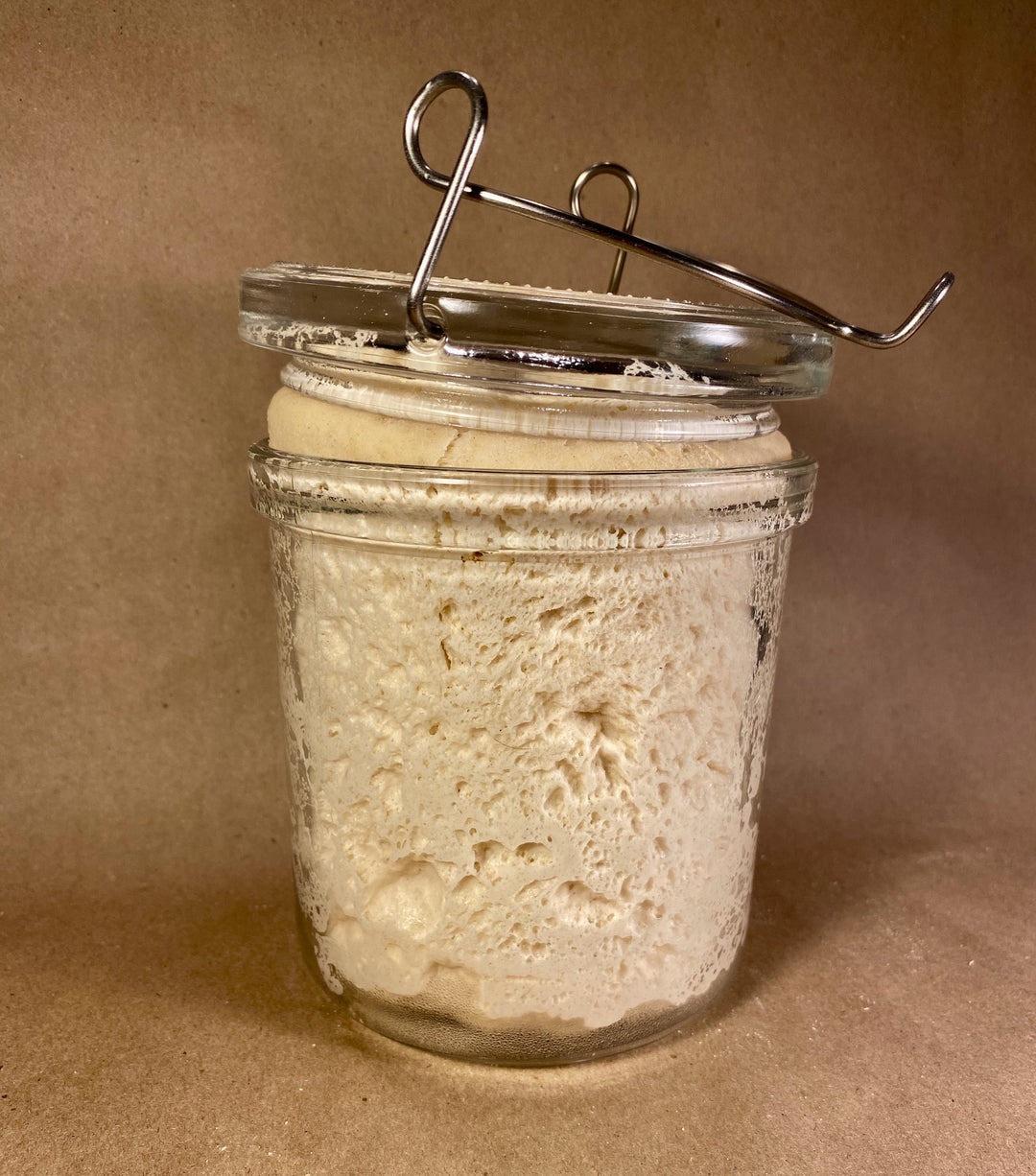Enzyme activity in natural fermentation
Enzymes are found throughout nature. Enzymes are large proteins and, like other proteins, they are produced in living cells of plants, animals and microorganisms. All living organisms require enzymes for growth and for the production and utilization of energy which is essential for life.
When one substance needs to be transformed into another, nature uses enzymes to speed up and control the process. This is catalysis, so enzymes are simply put, catalysts.
Every different enzyme has one dedicated function; to break down a specific substance or to drive specific reactions.
In sourdough or natural fermentation baking, there are enzymes in the flour and enzymes produced by the organisms in our sourdough culture by the yeast the bacteria.
In commercial, large scale baking, synthetic and natural enzymes are added to the production process. Most commercial breads are made using premixes, highly refined flours and additives. A very different product to the bread eaten before industrialisation.
Industrial additives help improve appearance, texture, stability and even achieve better performance from poor quality ingredients.
They are added because the commercial yeast and the absence of a bacterial community means that there is very basic enzyme activity.Is it really still bread ?
When water, flour and a starter come together, enzymes in the flour are activated and these enzymes start the process of break starch into simple sugar. As this happens the yeast and bacteria begin to feed, produce by-products and more enzymes.
In a sourdough or natural fermentation process, the enzymes produced are the drivers of many of the processes that make bread prepared in this way a healthier choice that is easier to digest. (Note that the health aspects below, are explained in more detail further in the document.)
Amylases: Split complex carbohydrates to create simple sugars like glucose and fructose. It’s similar to the enzyme in our saliva and is found in the grain.
Proteases: Break down excess gluten proteins into amino acids making the bread more digestible by destroying the inflammatory gluten protein.
Phytase: Works out the phytic acid found naturally in grain out of the dough, making it easier for our bodies to absorb the nutrition.












